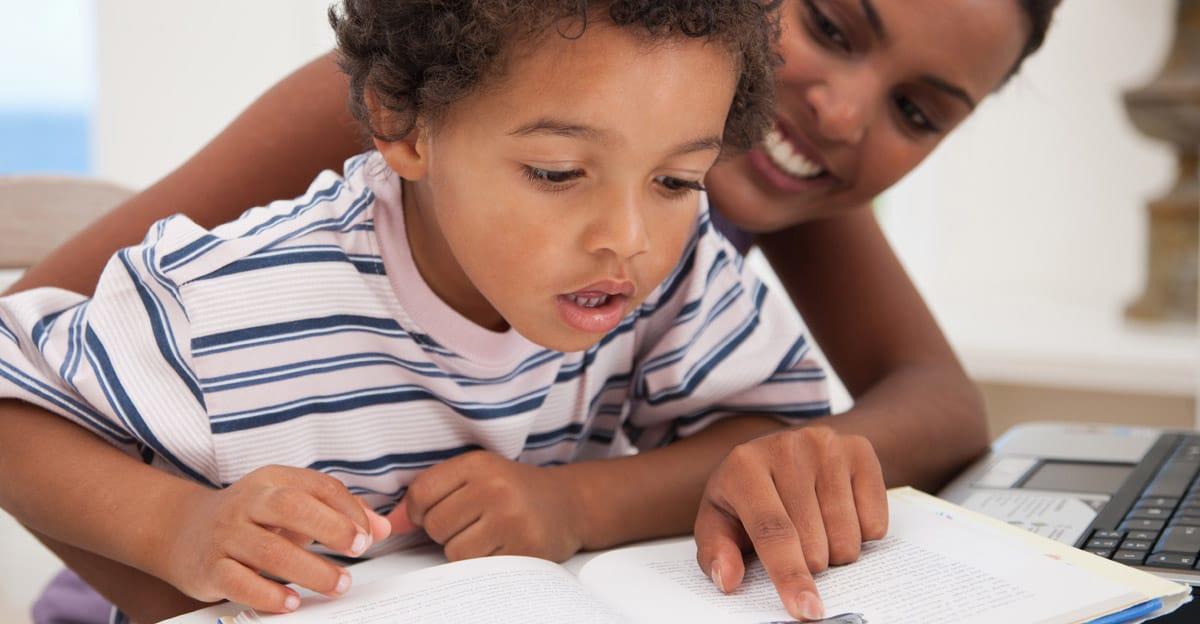You probably already know that home involvement is a crucial part of any child’s successful during this break from a daily school routine. What you may not know is why this is the case, and what a parent can do to help maintain that critical home-school connection.
Study after study and many years of research have proven that in order to succeed to the best of their abilities, children need their parents or caregivers to be involved in education. While schools are closed and children are at home learning, it is crucial that their education continues to be fostered outside of the classroom. Family involvement is key.
Family Involvement Assists Students for At-Home Learning
At-home learning success begins with family engagement. Children whose parents emphasize the importance of hard work and learning are far more likely to develop the grit required to achieve higher education and future career goals.
A parent or caregivers role is to check in with the child about homework, encourage and enable reading and learning, and support new online or at home learning efforts. Kids whose parents model disinterest, on the other hand, will likely become disinterested themselves. It is critical to remain involved with their education during this time of need.
Getting Involved: For the Working Parent
Many homes have two working parents, rushed evenings and kids at home during the time of change. Luckily, parents don’t have to make school involvement a part-time job. A daily homework check is important, but this only needs to be 5-10 minutes, unless your child is struggling.
Regular communication fosters unity between teachers and parents. It improves children’s social skills and increases their chances of academic consistency during a period of at home learning.
The Educator’s Key Role from a Distance
While we all adjust to a new normal, parents can’t be expected to carry this out on their own. The educator’s role is to make parental expectations clear. They should give them defined, actionable opportunities to participate and communicate their expectations of the child’s home education. The teacher can and should convey the ideal environment for at-home learning: distraction-free learning environment, consistent schedules, and physical activity (recess) breaks.
Parental involvement isn’t a cure-all. But it does go a long way toward fostering capable, hardworking, healthy and well-rounded kids. Let’s do our part to get them there.






Leave a Reply